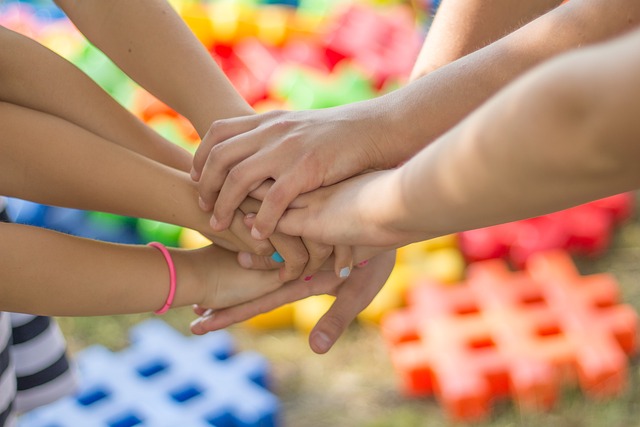
They are the youngest members of our society – and at the same time also the weakest, who need special protection. November 20th is International Children’s Rights Day – and yet they are violated all over the world. For example, through child labor. But what are children’s rights? And why are they still disregarded in many countries, even though they have been recognized by all countries worldwide (with the exception of the USA)?
WHAT ARE CHILDREN’S RIGHTS?
Every child, regardless of origin, religion, gender or social status, has the right to survival, development, protection and participation. This was decided by the United Nations on November 20th, 1989 and enshrined in the UN Convention on the Rights of the Child. With these special human rights for those under 18 years old, standards are to be created to protect children (and adolescents) from abuse and neglect. By the way: With the exception of the USA, all countries worldwide have ratified the Convention.
https://unicef.at/kinderrechte-oesterreich/kinderrechte/
https://www.aktiv-gegen-kinderarbeit.de/2016/01/un-kinderrechtskonvention-club-of-one-fuer-die-usa/
Here are the 10 most important children’s rights at a glance:
- Freedom of expression and participation
- Right to health
- Right to parental care
- Right to non-violent upbringing
- Right to special care and assistance in the event of a disability
- Right to play and leisure
- Right to equality
- Right to education
- Right to protection in war and when seeking refuge
- Right to protection from economic and sexual exploitation
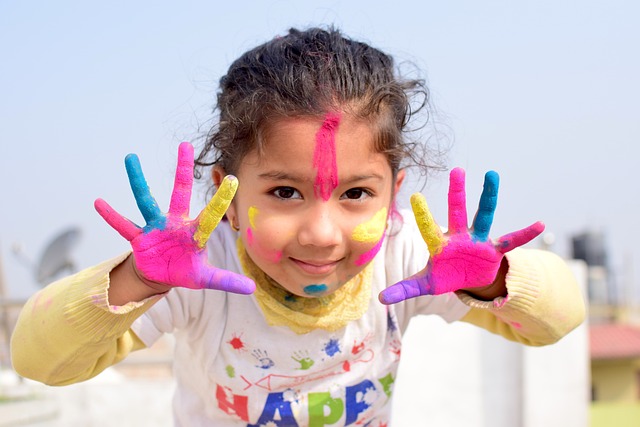
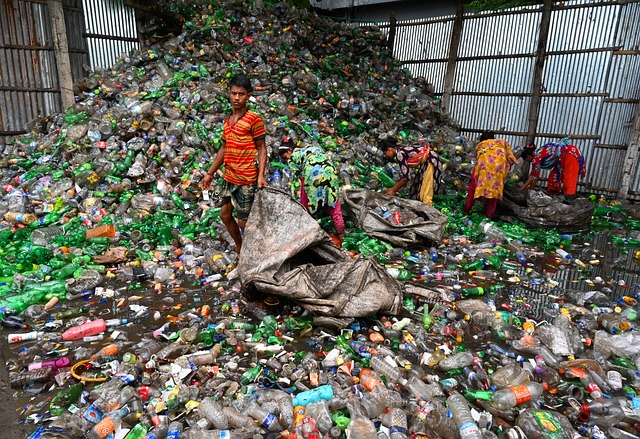
So far so good. Unfortunately, things look different in reality. Despite worldwide ratification, children’s rights are trampled on in many countries around the world. Reduced educational opportunities due to fleeing from wars, famine, displacement, physical and psychological injuries, exploitation, neglect, and poverty affect children all over the world.
Especially in regions with growing poverty, child labor is on the rise. This work is dangerous and exploitative, harms children’s physical and mental development, and prevents children from attending school. This is a clear violation of children’s rights.
CHILD LABOR: CHILDREN’S RIGHTS STOMPED INTO THE GROUND
According to a 2021 estimate by UNICEF and ILO, around 160 million children are affected by child labor. Shockingly, this number is growing for the first time in two decades.
The report states that 112 million of these children work in agriculture. At 70 percent, that is the majority. 31.4 million children (20 percent) work in the service sector, and 16.5 million children (10 percent) in industry.
Instead of going to school, almost 28 percent of children between the ages of five and eleven are sent to work. In the age group of 12 to 14 years old, even more have to go without education: precisely 35 percent! In general, boys in all age groups are more often affected by child labor – whether on the rubbish dump in Iraq or at a recycling plant in Turkey.
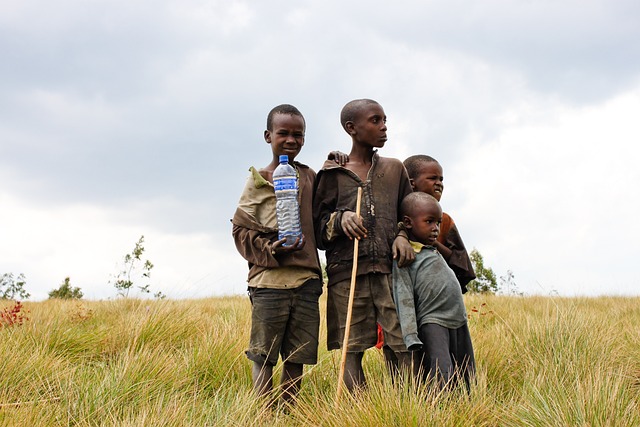
Children and young people typically also want to earn money to support their families. On their own farms, they usually work without pay in order to help out.
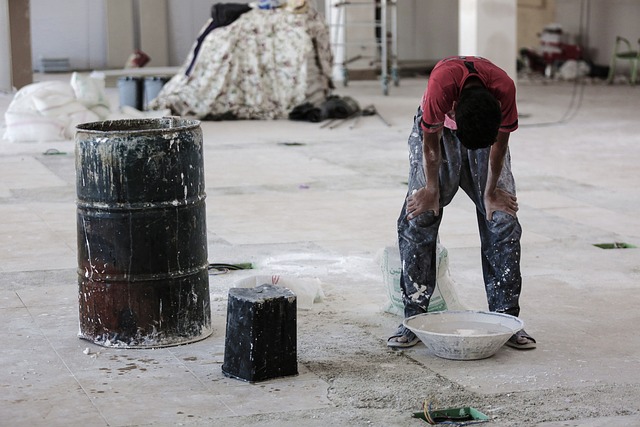
Among the worst forms of child labor, the United Nations lists slavery and slavery-like dependencies, forced labor including the use of child soldiers, child prostitution and child pornography, criminal activities such as the abuse of children as drug mules, and other forms of work that can endanger the safety and health of children.
In this blog post you can learn more about child labor and its background: https://www.hopeforthefuture.at/de/kinderarbeit-darum-wird-sie-immer-noch-praktiziert/
POVERTY AS A TRIGGER FOR WOUNDED CHILDREN’S SOULS
While our children are looked after in kindergartens and build towers out of colorful Lego bricks, five-year-olds in Burkina Faso spend hours smashing stones into building material. Instead of building castles in the sandbox, other children stand in cold, muddy water all day and help their parents pan for gold.
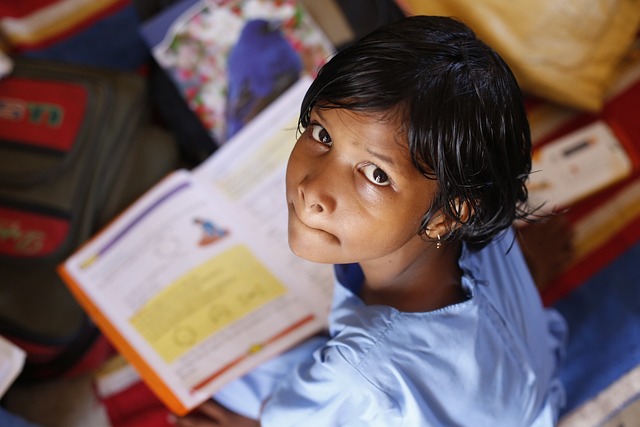
It’s a privilege to be born in a wealthy country and to have better prospects for the future than others. While our children are discovering and exploring the world through play, in other parts of the world boys are digging improvised tunnels over 100 meters deep to reach gold-bearing rock. Fatal accidents are not uncommon during this process, as an estimated 600,000 children work in gold mines and quarries. Education falls by the wayside – they have to work so that the family can survive.
Equally shocking is the child labor associated with lithium batteries and cobalt. You can read more about it in this blog post: https://www.hopeforthefuture.at/de/kinder-kobalt-lithium-akkus-gibt-es-leidfreie-elektrogeraete/
But there is a vision for a fairer world and a future worth living for all people: This is what the international community committed to in 2015 with the adoption of the 2030 Agenda for Sustainable Development.
2030 AGENDA – GOALS FOR A BETTER WORLD
In 2015, the 193 member states of the United Nations, including Austria, adopted the 17 Sustainable Development Goals (SDGs) at a summit meeting. These provide a global framework for sustainable development at the economic, environmental and social levels and build on the fundamental principle of including all people. The 17 SDGs are inextricably and equally linked.
So what does this have to do with children’s rights and the fight against child labor? With the 2030 Agenda, almost all countries in the world have agreed on the goal of completely abolishing all forms of child labor, starting with the worst form just described, by 2025.
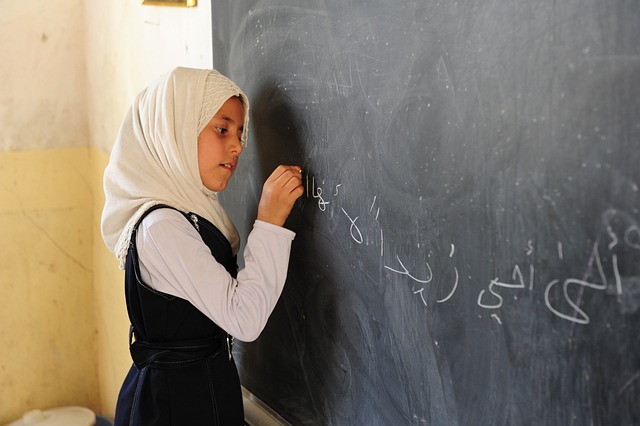
In addition, poverty, in all its forms, should be ended everywhere (Goal 1) and […] ensure equal and quality education and promote lifelong learning opportunities for all (Goal 4). You can read about all the goals of the 2030 Agenda and what they mean here.
And on this path, to a better future, no child should be left behind. Organizations such as UNICEF or the Austrian Kindernothilfe also campaign for children’s rights. They inform and educate the public about children’s rights.
UNICEF also draws attention to the topic of children’s rights with posters. These can be ordered here free of charge and are available for download.
These organizations can be supported through donations.
Translated by Emily Schiffer.
#Children’sRights #InternationalChildren’sRightsDay #Awareness #ChildLabor #HumanRightsViolation #Exploitation #Poverty #Education #HopefortheFuture #ILO #UNICEF #AgainstHumanTrafficking #Gegenmenschenhandel #EndExploitation #EndTrafficking #HopeForTheFuture #Austria
